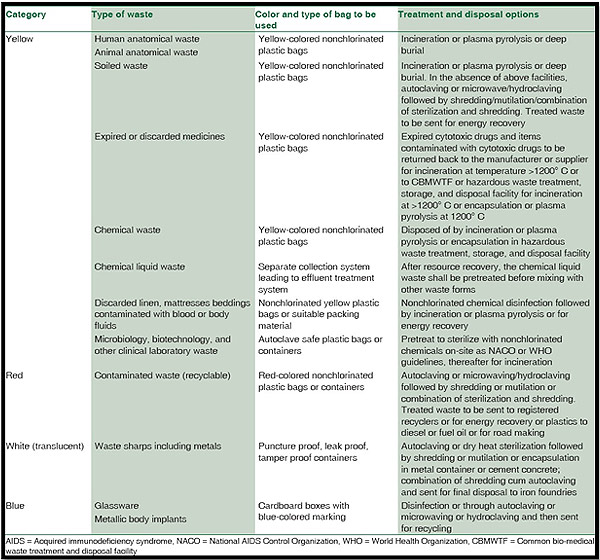The 4-Minute Rule for Reclaim Waste
Table of ContentsSome Known Facts About Reclaim Waste.More About Reclaim WasteSome Known Incorrect Statements About Reclaim Waste Reclaim Waste for Dummies4 Simple Techniques For Reclaim Waste
Check out the types, events, and kinds of fluid waste. Residential sewage waste refers to the waste and products from a domestic septic system. This kind of waste is created by human beings in houses, schools, and various other structures. This only includes septic containers that have a drain field. The correct administration and disposal of residential sewage waste need fluid waste to be moved to a sewer treatment plant where the correct methods and tools are put on detoxify and dispose of waste.
Business waste typically includes prospective threats, such as flammable products or a mixture of liquid and strong waste items, and needs an extra innovative and in-depth disposal process. The disposal of commercial waste commonly includes the filtration of waste prior to transport to make certain safe and proper disposal. Industrial waste is produced from by-products and overflow of industrial procedures and manufacturing.
This sort of waste can not make use of the very same sewer monitoring transport or procedures as septic or business fluids. The hazardous waste monitoring procedure calls for the inspection and testing of fluid waste prior to it undertakes the disposal procedure (liquid waste removal). Overflow waste is the liquid waste that comes from overflow and excess stormwater in extremely inhabited locations or cities
Overflow waste can cause contamination and flooding if not handled effectively. Ensuring proper waste monitoring can stop disasters and lower environmental harm.
9 Simple Techniques For Reclaim Waste
Contact PROS Solutions today to learn more about our waste administration and disposal services and the appropriate means to take care of the fluid waste you produce.
Do you understand what happens to your water when you draw the plug, flush the commode or drain the cleaning device? No? Well, it deserves knowing. This supposed 'wastewater' is not only an essential resource yet, after treatment, will certainly be released to our land, rivers or the ocean. Made use of water from commodes, showers, baths, cooking area sinks, laundries and commercial processes is understood as wastewater.

water made use of to cool equipment or tidy plant and equipment). Stormwater, a type of wastewater, is drainage that flows from farming and city areas such as roof coverings, parks, gardens, roads, courses and seamless gutters into stormwater drains pipes, after rain. Stormwater streams untreated directly to regional creeks or rivers, at some point reaching the ocean.
Things about Reclaim Waste
In Queensland, a lot of wastewater is dealt with at sewer therapy plants. Wastewater is transferred from domestic or industrial sites through a system of sewers and pump stations, called sewerage reticulation, to a sewage my latest blog post treatment plant. Local governments build, maintain and operate most sewage treatment plants. Operators are certified under the Environmental Management Act 1994 to discharge treated wastewater at an acceptable environmental standard right into rivers.
The Division of Natural Resources encourages regional governments about handling, operating and preserving sewerage systems and therapy plants. In unsewered locations, city governments might need homeowners to install individual or household sewer treatment systems to treat residential wastewater from bathrooms, kitchen areas, restrooms and laundries. The Division of Natural Resources authorises using house systems when they are verified to be effective.
In some brand-new neighborhoods, therapy of some stormwater to remove clutter, sand and gravel has actually begun utilizing gross pollutant traps. Wastewater therapy occurs in 4 stages: Eliminates strong matter.
Utilizes little living organisms knows as micro-organisms to break down and eliminate continuing to be liquified wastes and fine particles. Micro-organisms and wastes are integrated in the sludge.
The Best Strategy To Use For Reclaim Waste
Nutrient removal is not readily available at all sewer treatment plants because it requires pricey specialized devices. Clear liquid effluent produced after therapy may still include disease-causing micro-organisms - liquid waste disposal.

Many wastewater flows right into the sewerage system. Under the Act, local federal governments provide authorizations and licences for environmentally relevant activities (Periods) entailing wastewater launches that may have a neighborhood impact.
9 Simple Techniques For Reclaim Waste
Surveillance supplies factual info concerning water top quality and can confirm that licence conditions are being satisfied. The information gotten via surveillance gives the basis for making water top quality choices.
Comments on “The 20-Second Trick For Reclaim Waste”